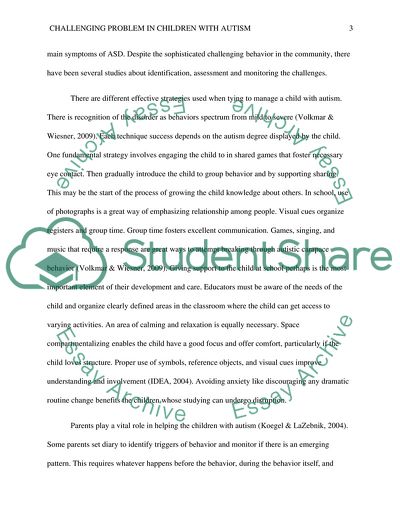Cite this document
(“Autism: Challenging behavior in children with autism Essay”, n.d.)
Autism: Challenging behavior in children with autism Essay. Retrieved from https://studentshare.org/psychology/1640941-autism-challenging-behavior-in-children-with-autism
Autism: Challenging behavior in children with autism Essay. Retrieved from https://studentshare.org/psychology/1640941-autism-challenging-behavior-in-children-with-autism
(Autism: Challenging Behavior in Children With Autism Essay)
Autism: Challenging Behavior in Children With Autism Essay. https://studentshare.org/psychology/1640941-autism-challenging-behavior-in-children-with-autism.
Autism: Challenging Behavior in Children With Autism Essay. https://studentshare.org/psychology/1640941-autism-challenging-behavior-in-children-with-autism.
“Autism: Challenging Behavior in Children With Autism Essay”, n.d. https://studentshare.org/psychology/1640941-autism-challenging-behavior-in-children-with-autism.


